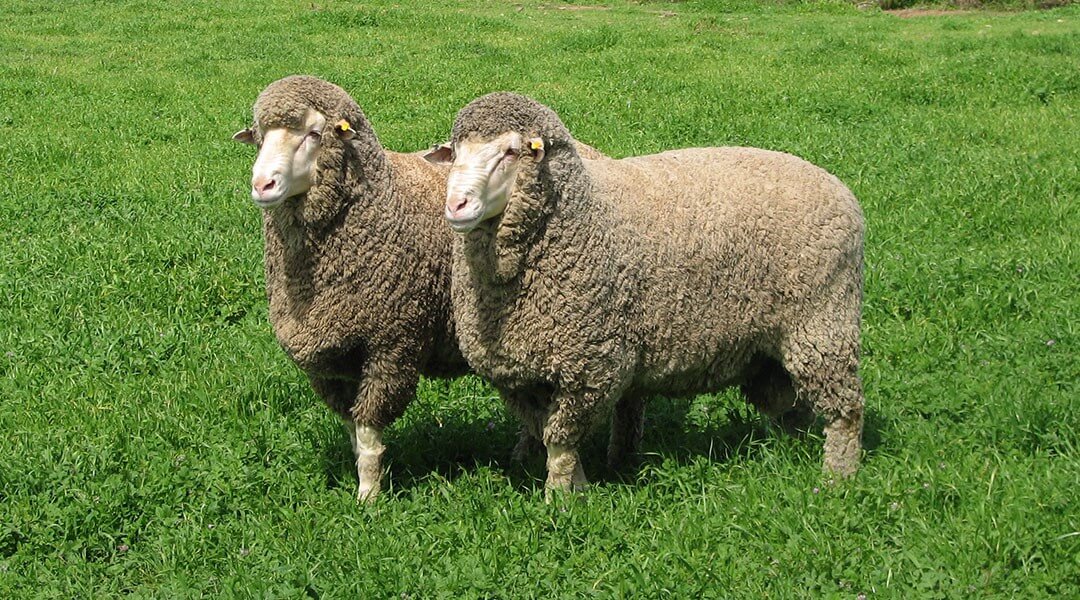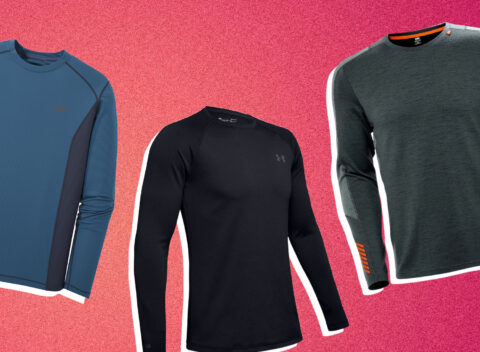Free Advice To Picking Merino Wool Base Layers For Hiking
Wiki Article
What Merino Sheep Breeds Are Available? And How Do They Differ?
There are a variety of Merino breeds of sheep. Each one has distinct characteristic. Here are the most adored Merino breeds of sheep, as well as their distinctions. Spanish Merino- This Merino breed is the oldest and is most well-known for its prolific yield and fine wool. The breed is adaptable and is able to adapt to various conditions. It also has high immunity to diseases.
American Merino: The American Merino breed was first developed in the United States around the 19th century. It's known for its fine, hardy wool. The breed is well-suited to cold winter weather, and it is resistant to numerous common sheep diseases.
Saxon Merino - This Merino shearer is one of the finest boned Merino that is well-known for producing soft, fine wool. This Merino sheep is typically smaller than the other Merino breeds and can be found in hot and dry climates.
Peppin Merino- This Australian breed was created in 1921. The breed is well-known for its wool of high quality and it is suitable for Australia's hot and dry climate.
Rambouillet-The Rambouillet Merino Sheep breed was developed in France around the 18th century. This breed is known for its toughness and ability to adapt to a broad range of different environments. Rambouillet wool is rougher and more expensive than other Merino kinds, yet its high-end quality is sought-after.
Polwarth is a Polwarth is a Merino sheep breed that was created in Australia in the late 19th century. This breed is known for its soft and beautiful wool and is particularly well-suited to the cooler, wetter climate of southern Australia.
The Merino shearers' unique characteristics and abilities depend on their breed and the surroundings they live in. Breeders search for traits such as fine wool, toughness and adaptability in Merino sheep to develop new breeds that can be utilized in different environments.

What's The Distinction Between Lightweight, Heavyweight, Midweight And Lightweight Merino Wool Base Layers?
The fabric's warmth and thickness is the main difference between the lightweight, mediumweight and heavyweight Merino wool base layers. Here's a look at the differences between these three types. The light Merino base layers are made of a thin, breathable fabric. This fabric is great for mild to cool weather. This is the best kind of base layer to use for intense activities. It is essential to have fabrics with good wicking capabilities to keep your body cool. It can also be used to cover other layers in cooler climates.
Midweight Merino wool base layers are constructed from a thicker fabric that provides greater insulation and warmth than base layers that are lightweight. The base layer is great for temperatures ranging from cold to cool and is suitable to perform activities that don't need sweating heavily.
Heavyweight Merino wool base layers are made of the thickest and warmest fabric and are made to withstand extreme cold temperatures. This kind of base layer is perfect for those activities with low intensity where you will not sweat, such as skiing or snowshoeing.
Take into consideration the weather conditions you're going to be participating in and also the type of activity. For high-intensity activities, a lightweight base layer is the most suitable choice. A medium-weight base layer is perfect for temperatures ranging from cold to warm as well as activities of moderate to low intensity. A heavy-weight base layer is ideal for colder conditions and activities that require low intensity. Keep in mind that, depending on the circumstances it is possible to layer up and down so it is best to pick the lighter layer rather than the heavier one. Take into consideration the fit of the base layer, and make sure it's comfy and gives you a to move freely. Go find merino wool base layers for blog recommendations.

What Is The Best Combination Of Ski And Mid Layer Clothing In Relation To Merino Wool And Himalayan Yarn
It will depend on the weather and your personal preferences as to which combination of Merino wool or Himalayan Yak wool will work best for ski mid-layer clothing. Here are some suggestions: Merino wool as a base layer, and Himalayan Yok wool as an intermediate layer. This combination is great in colder temperatures in which warmth is essential. The Merino base layer and Himalayan wool mid-layer are excellent for control of moisture and regulate temperature. This can provide more insulation as well as warmth.
Merino wool middle-layer as well as Himalayan Yok wool middle layer This combination is the ideal choice for weather conditions , when you might need to change your layers during the day. Merino wool, as a mid-layer offers warmth and helps to regulate moisture. The Himalayan yak wool layer will provide additional insulation when needed.
Merino Wool base layer, Merino Wool mid-layer, and Himalayan Yak wool mid-layer This is a great combination for very cold weather or for people who are more sensitive. The Merino wool base will provide the ability to regulate temperature and control moisture and moisture control, while the Merino wool's middle layer is designed to add warmth. The Himalayan Himalayanyak wool middle-layer will provide warmth and insulation.
Layering is a matter of personal preference. Each person's body type as well as their level of activity and weather conditions will determine the right combination. To ensure mobility and comfort during skiing, layers should be properly fitted and allow for full motion. Go recommended thermal ski clothes at koraoutdoor.com for blog recommendations.

Merino, Himalayan And Yak Wools Are The Best Materials To Make Ski Clothing.
Merino wool as well as Himalayan Yak wool are great choices for ski clothing due to a variety of reasons. Warmth Both Merino wool and Himalayan yak wool are highly efficient insulators, meaning they will keep you warm even in frigid weather. They have a high weight-to-heat ratio. This means they are lightweight and comfortable to wear, yet provide superior insulation.
Moisture management Merino and Himalayan wools are excellent at reducing moisture. Both have moisture-wicking properties. This means they absorb moisture from skin and transfer it to the fabric's outer layers where it will evaporate.
Breathability: Merino wool as well as Himalayan Yak wool are both very air-tight. They allow air to circulate through the fabric, aiding in regulating body temperature and prevent overheating. This is crucial for clothing that you wear to ski, since it lets you remain comfortable while you're skiing.
ComfortThe Comfort Merino wool and Himalayan Yak wool are both naturally soft and comfortable wools that can be worn with a close fit to the skin. They're also extremely elastic and stretchy, which means that they can move with your body and allow for an entire range of movement.
SustainabilityThe sustainability aspect Merino and Himalayan wools are both recycled. This means that they are greener than synthetic materials like polyester or nylon.
Merino wool or Himalayanyak wool are excellent choices for ski clothes. They are comfortable, water-wicking, and breathable. This makes them the perfect choice if you wish to keep your skiers in good health and safety.